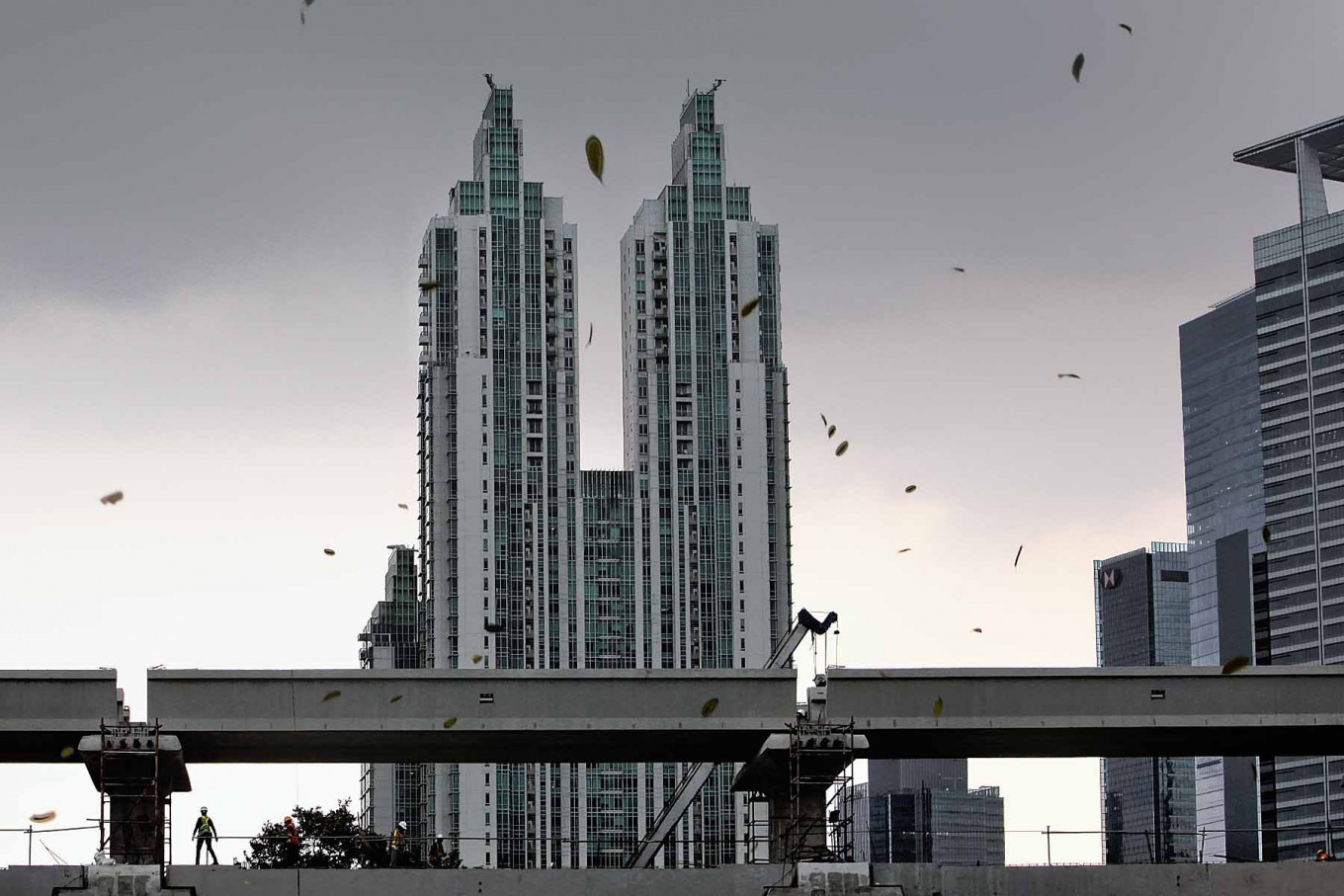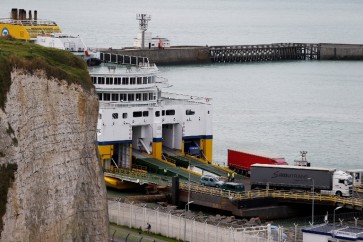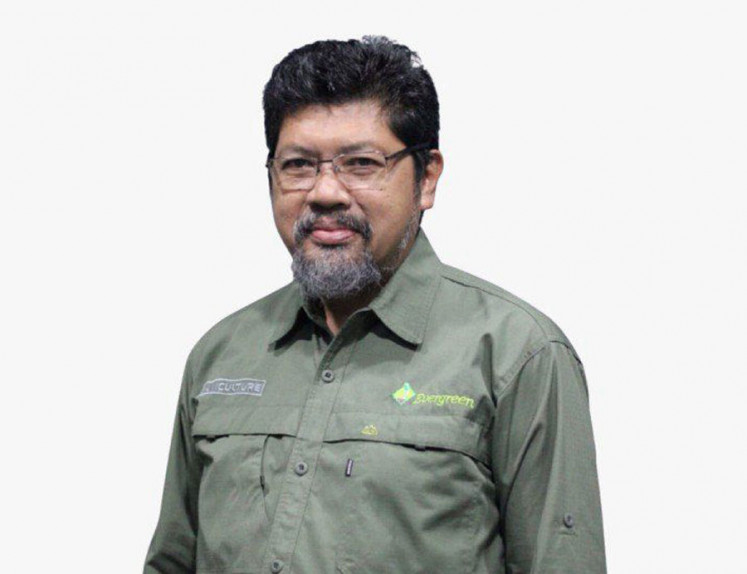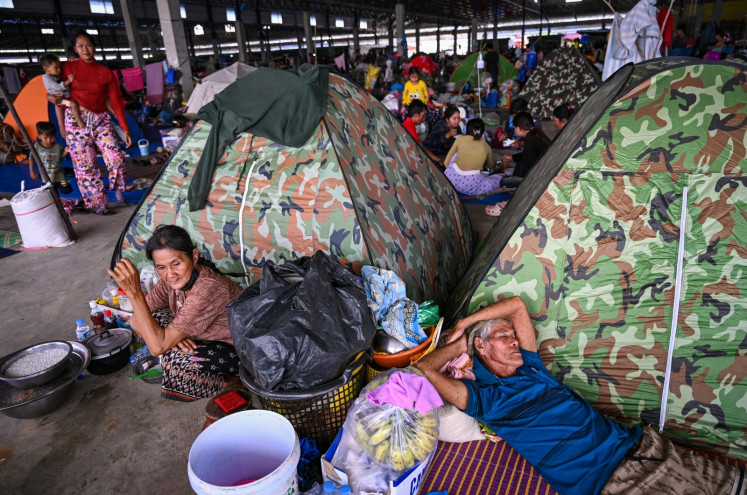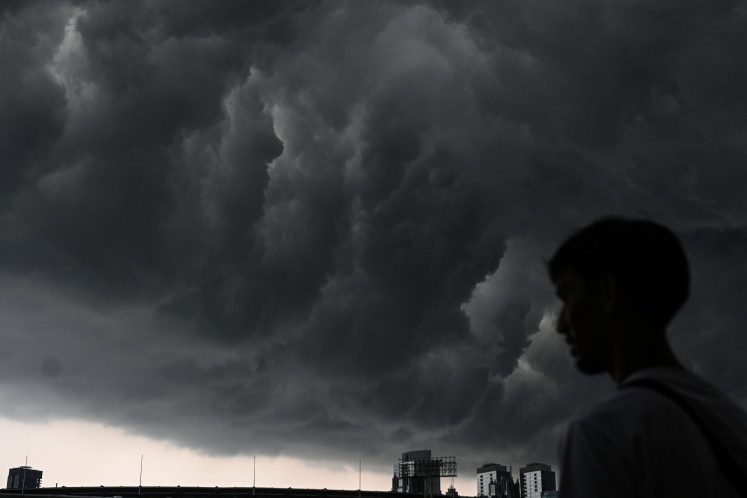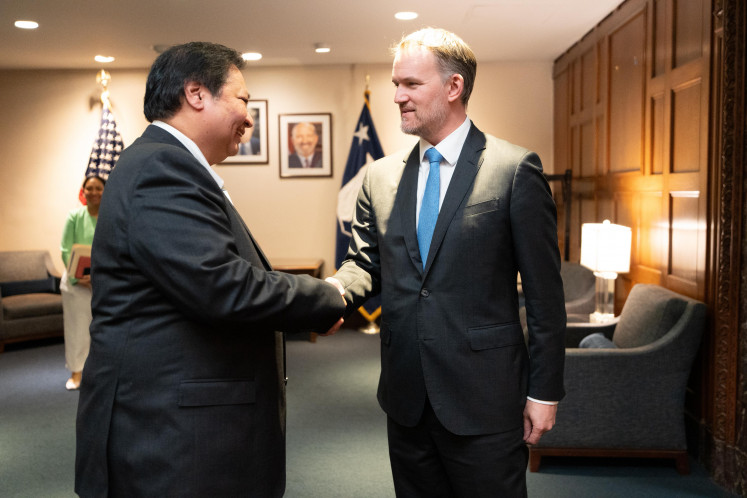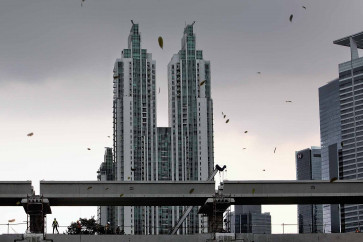Popular Reads
Top Results
Can't find what you're looking for?
View all search resultsPopular Reads
Top Results
Can't find what you're looking for?
View all search resultsLand value capture to finance urban public transportation infrastructure
For the sake of social justice, the imposition of property tax (PBB) must consider the variability in the distances between assets and stations, the mode of public transportation, and the economic class of the community.
Change text size
Gift Premium Articles
to Anyone
I
ndonesia plans to provide urban mass transit services in six metropolitan cities, namely Greater Jakarta; Medan, North Sumatra; Bandung, West Java; Surabaya, East Java; Semarang, Central Java; and Makassar, South Sulawesi; as outlined in the 2020-2024 National Mid-term Development Plan. These cities have more than 1 million inhabitants, which justifies the need for bus-based mass transit systems such as bus rapid transit (BRT), and rail transit systems, such as LRT and MRT, due to the substantial mobility demand.
The authority to provide the services according to the decentralization mandate in Law No 23/2014 on regional autonomy, lies with the respective regional governments. Hence, the government must secure funding to implement the mass transit provision.
However, due to the high investment costs required, regional governments have to expand their fiscal capacity. The capital expenditure (capex) per kilometer of corridor length ranges from Rp 767 billion (US$50 million) to Rp 1.24 trillion for MRT; Rp 500 billion-Rp 600 billion for LRT; and Rp 12.4 billion for BRT. Additionally, transportation service providers must cover the operational expenditure (opex) during the operational year, which is around Rp 135 billion per km per annum for MRT and Rp 88.7 billion per km per annum for BRT.
Meanwhile, by referring to the regional budget allocation regulation (PP) No. 35/2023 and assuming that 5 percent of motor vehicle tax revenue is allocated for public transportation, the fiscal capacity of Greater Bandung, Semarang, Makassar, Surabaya and Medan is approximately Rp 260 billion-Rp 1.5 trillion per year. This indicates that regional governments may only be able to fund the opex for up to a 10-km MRT corridor or a 15-km BRT corridor.
The regional budget might be insufficient to finance an extensive mass transit network development in these cities. Therefore, regional governments must explore and utilize other sources of funding, as the provision for sustainable public transportation is indispensable.
Land value capture (LVC) is a potential source of funding to enhance fiscal capacity. The LVC mechanism utilizes the rise in land value as a source of public interest funding, such as ongoing or planned public transportation projects. The land value uplift is a benefit obtained by beneficiaries or landowners from access improvement due to investment in transportation infrastructure or changes in regulations.
Several studies have found considerable evidence of land value uplift due to public transportation access improvement. Based on a review of 61 studies, access improvement raises land value positively, but the magnitude varies across different land uses. On average, the price of residential land use increases around 5 percent, and a 30 percent increase was found for commercial land use.

